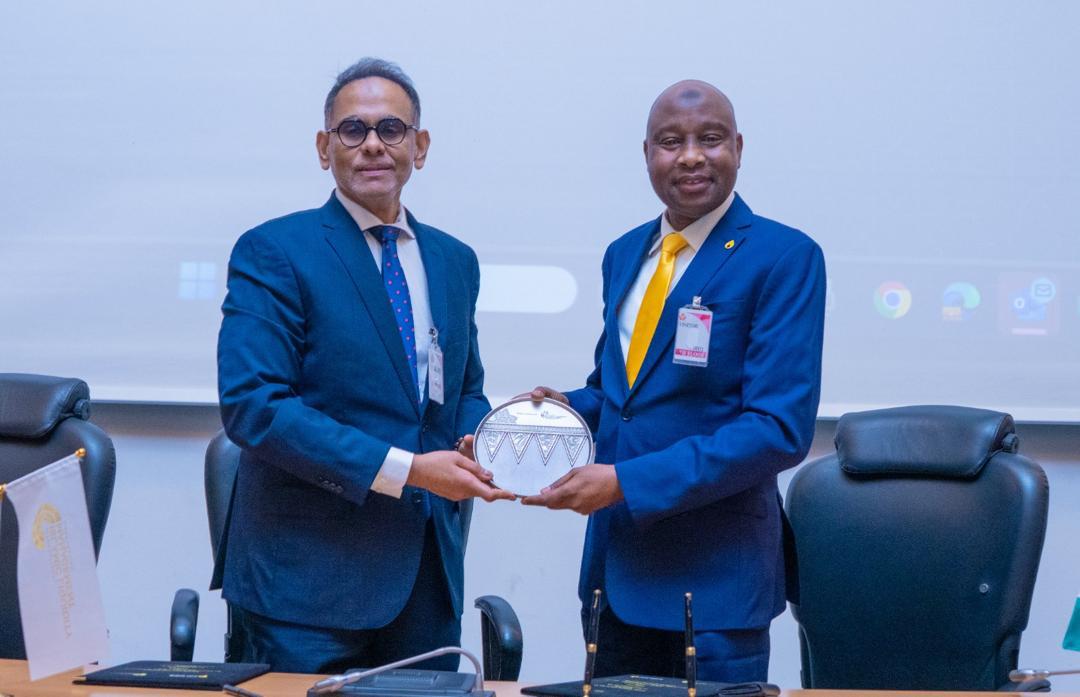By Lee Seok Hwai
Will the coronavirus outbreak lead to a watershed in international collaboration, or will history repeat itself?
Hong Kong scientists teaching a panicked populace to make their own surgical masks with paper towels and metallic wire must surely rank as one of the most Kafkaesque moments of the new coronavirus disease outbreak. But the worst is yet to be if global medical supply chains, already stretched in parts to breaking point, are not shored up in time for what authorities have warned could become a pandemic.
A desperate shortage of surgical masks, the most visible symbol of the epidemic roiling China since the start of the year, underscores the scale of the problem. The country made 5 billion masks last year and supplied about half of the global market. But with its people now churning through tens of millions of masks every day, China is cranking up domestic production even as it imports the gear from the West.
The frenzy has sprung up despite surgical masks’ limited effectiveness in preventing infections. It is a textbook example of how fear can lead to panic buying and cause far-reaching consequences with little warning. Already, US hospitals are beginning to ration masks. Pharmacies from Tokyo to Reykjavik have been cleaned out.
Yet what is more worrying is an imminent severe disruption in the supply of other types of personal protective equipment (PPE) used predominantly by frontline medical workers and largely made in China. Earlier this month, the World Health Organisation (WHO) warned that demand for such equipment, like the N95 respirator, is up to 100 times higher than normal. Prices are up to 20 times higher. Fuelling the problem are export bans by India, another top producer, and smaller ones like Taiwan. Although India subsequently retracted its decision and allowed exports to China, keeping critical supplies within national boundaries can hurt the ability to match global demand with global supply. WHO officials said stockpiles are depleted and new supplies may take six months to arrive.
Also putting health authorities and companies on tenterhooks is a potential supply shock of active pharmaceutical ingredients, the bulk of which is made in China. If that happens, the price of medicine from paracetamol to diabetes drugs will spike, as some already have.
What can the world do to mitigate COVID-19’s impact? Quite simply, close ranks against the marauding bug, say INSEAD’s supply chain experts Luk Van Wassenhove and Prashant Yadav. Countries and organisations need to get over any political differences or competitive concerns and share information on protective gear suppliers, inventory numbers and production capacity, they say. In the longer run, changing the approach to making drugs, creating global governance and building local capacities will be key to fighting disease outbreaks.
If countries and organisations are willing to at least share openly what they have, said Van Wassenhove, who is INSEAD Emeritus Professor of Technology and Operations Management, it will be easier to figure out where the most acute shortages are as well as pre-empt shortages elsewhere.
“If you don’t know what demand is – which in this case is pretty much expected – and you don’t know what supply is, then it becomes mission impossible,” he said in an interview with Knowledge. “So we should have a better view on what is available and then see what alternatives are available.”
Rationing rules
INSEAD Affiliate Professor of Technology and Operations Management Yadav said if supply falls to critical lows, “we’ll have to think about other kinds of rationing rules for what we would call high priority demand (of health workers)”.
“But just the lack of information about supply sources, inventory, manufacturing capacity will be a big hurdle,” he said at a panel discussion last week at the Centre for Global Development in Washington, DC.
Switching to new supply sources when transparency is lacking could lead to its own problems, Yadav said. “We don’t have a way to figure out products specifications which can allow us to very quickly switch suppliers.” So if the new supplier produces in different specifications, authorities will have to “retrain healthcare professionals on appropriate use for a new equipment.”
Knowledge of varying specifications or standards would also help maximise resources, said Van Wassenhove, who leads the INSEAD Humanitarian Research Group. “You may have stuff B that can help you, but you’re trained to use A…So you may say, ‘Okay, I can send it to China or I can send it to somewhere else because people are trained to use this.’”
Time to ditch ‘one bug, one drug’
Beyond COVID-19, said Yadav, we need to think about creating new sources of supply of diagnostic tools and medical countermeasures including antiviral agents and vaccines. He called for a move away from the current “one bug, one drug” product development and manufacturing approach to a combo or platform one whenever science allows.
“Would you develop just a Zika diagnostic, or would you do a Zika plus chikungunya plus dengue plus yellow fever diagnostic? That way you can pool the demand from multiple pathogens together and as a result create a more stable source of supply,” he said.
“We should not shy away from a platform approach because it is a little bit more expensive. We as society should be willing to pay for such platforms.”
Human nature and behavioural hurdles
One might think that after the pandemics and epidemics of recent years, from SARS, H1N1, Ebola and MERS, countries would already have put in place a governance system that facilitates reasonable exchanges and sharing. But no. And it’s often not for lack of money.
“After every disaster, people realised that they were poorly prepared, that it would have been much more efficient and much less costly to be better prepared, and then make all of these vows and promises,” observed Van Wassenhove. “After three or six months, everything’s forgotten – until the next disaster.”
“So it is governance, but it’s also behavioural. It’s human nature in a way. We need to work on them.” The World Health Organisation, which is largely funded by voluntary donations from governments and private organisations, coordinates and facilitates any international response and cooperation but relies on member states to monitor and report crises.
Human nature aside, investing in good surveillance systems and building local capabilities that can be deployed relatively quickly are imperative. “Well-trained people, protective equipment, warehouses, mobile laboratories – we could do that if we have the money and the willingness of organisations to collaborate,” said Van Wassenhove. “The cost is relatively low if you compare it to the cost of this outbreak now.”
Less than two months since China reported the COVID-19 outbreak on 31 Dec, much could still be done. Future generations might yet remember this epidemic as the event that rewrote the public health emergency playbook, rather than the latest instance of history repeating itself. Right now, there is no time to lose.









